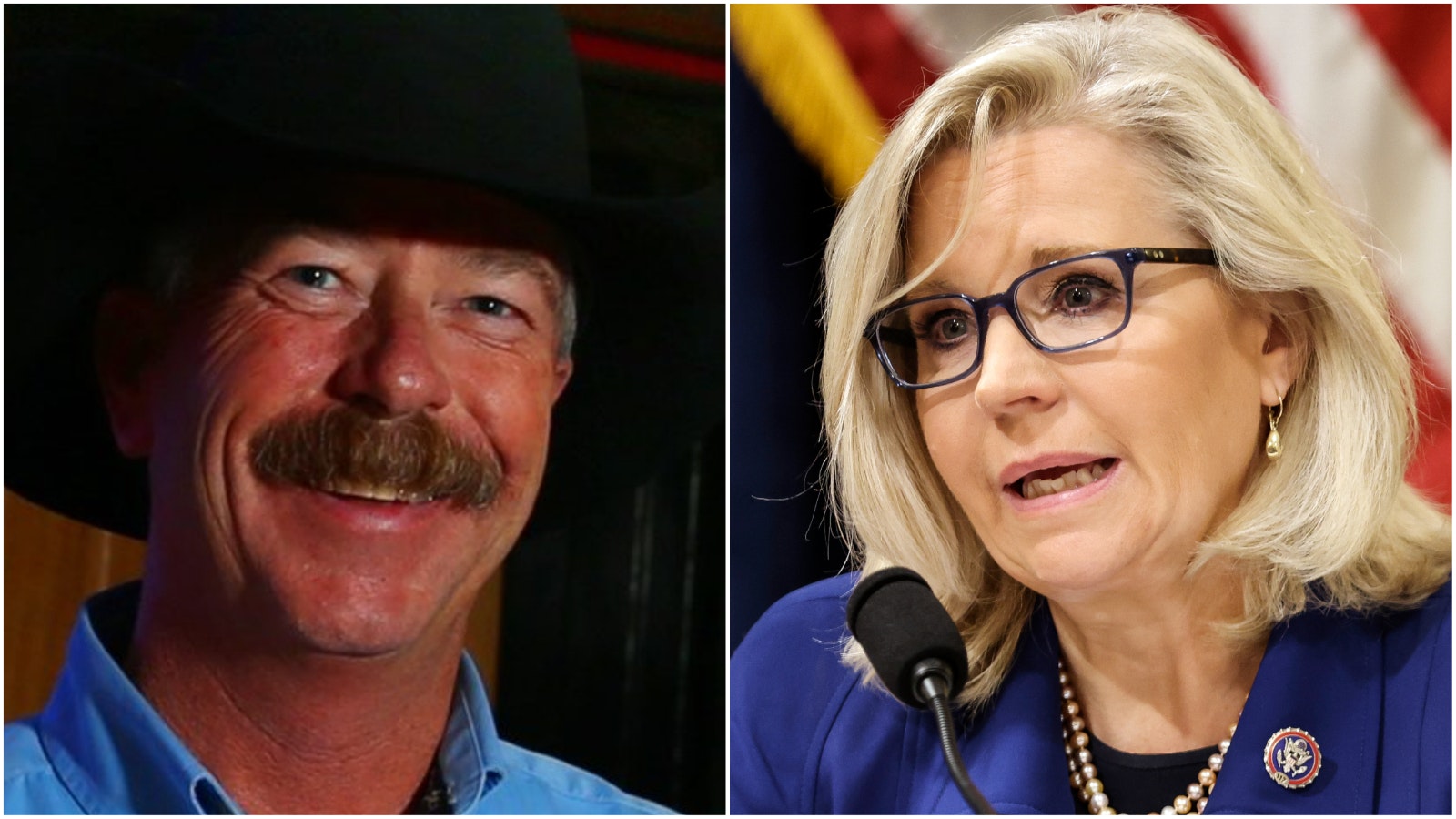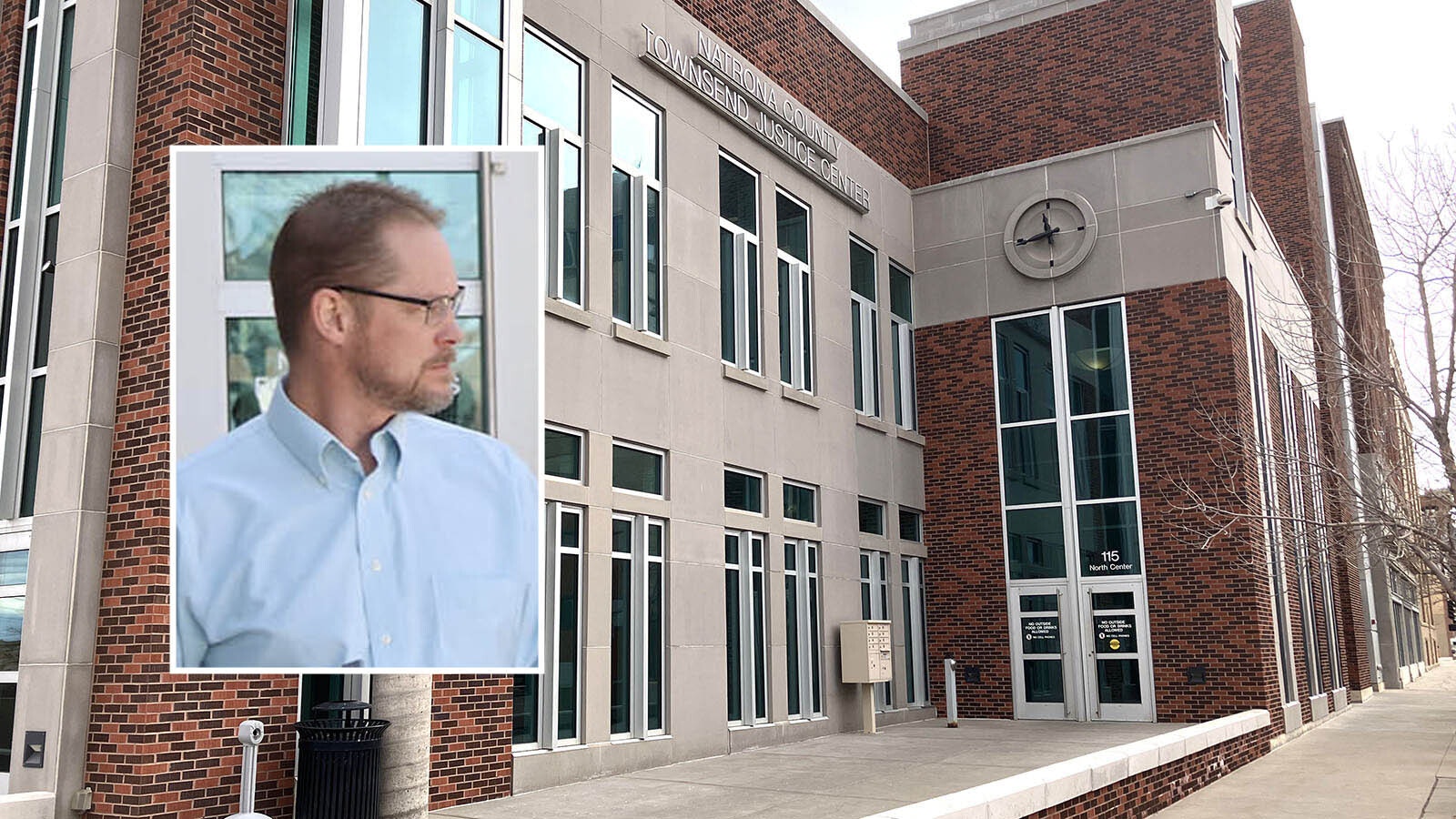By Liz Cheney and Bob Budd, guest columnists
Based on legal decisions last year, the Department of Interior has begun the process of updating Sage-Grouse RMP Amendments which were completed in 2019 under the previous administration.
Having been through the long and arduous process of developing and revising these amendments under the previous two Administrations, we don’t relish the thought of doing it again, but such is the hand we’ve been dealt.
With a “glass half full” mentality, we should look at this process as an opportunity to tackle issues that were not fully addressed. In some states, this may mean getting habitat designations more closely defined. In others, it may apply to adaptive management triggers, habitat restoration, or how to apply compensatory mitigation. Each state has unique issues that need to be addressed locally.
This is particularly true in Wyoming where we have the highest number of birds and the most habitat of any state across its range.
Beginning in 2007, Wyoming proactively addressed sage-grouse management and conservation through an unprecedented collaborative process; energy, agriculture, conservation groups, community stakeholders and local, state, and federal government representatives worked together and developed the Wyoming Greater Sage-Grouse Core Area Protection plan. All Sage-grouse in Wyoming are protected, and more than 85% of the species are in highly-protected core areas.
The plan sets strict limitations on development on nearly a quarter of the state’s landmass, which is designated as priority habitat for the bird.
This approach to conservation, now approaching 16 years of implementation, has been used as a model for addressing multiple conservation issues, and has been replicated in nearly every western state. The fundamental underpinning of this strategy is inclusion, science-based decision making, shared responsibility, and local solutions.
Today, we have numerous concerns to address, some new, some that remain from our earliest efforts. Wildland fire, invasive annual grasses, conifer encroachment, and drought are some, but the recent rise of rural subdivision, renewable energy and other impacts cannot be ignored.
If we choose to conserve Sage-Grouse and other species, it is time to re-think how we compensate habitat providers, and how we develop our resources in a responsible manner.
The robust protections afforded through the state plan clearly show this will work. We have actually increased Sage-Grouse habitat while maintaining multiple uses that are so important to our state, our citizens, our way of life and our economy.
With this in mind, we fully expect DOI to be a reliable federal partner committed to meeting the multiple use needs of our state and its people by giving full consideration to the state plan that’s in place while we work together to update the RMP Amendments. We’ve done this twice before, and we can do it again.
Liz Cheney represents Wyoming in the United States House of Representatives and serves as Vice Chair of the Congressional Western Caucus. Bob Budd is the Executive Director of the Wyoming Wildlife and Natural Resource Trust. He is also Chair of the Wyoming Sage-Grouse Implementation team





